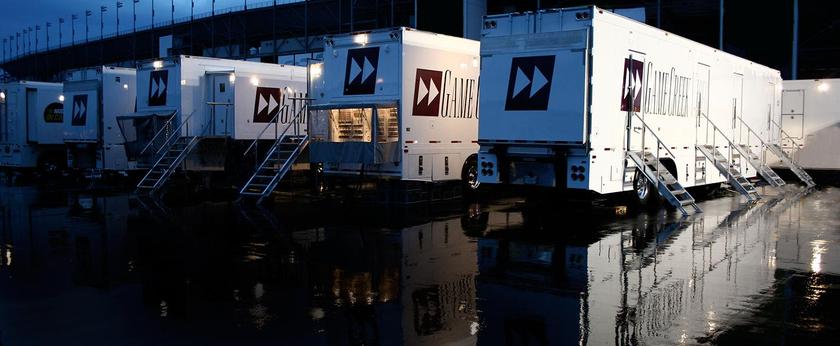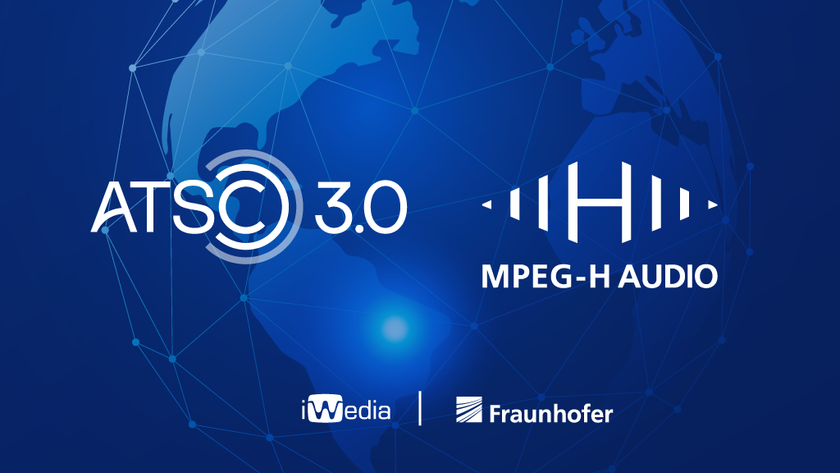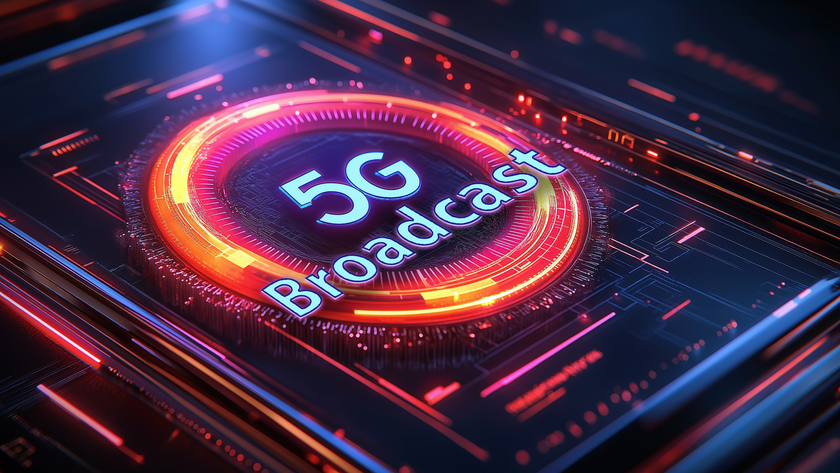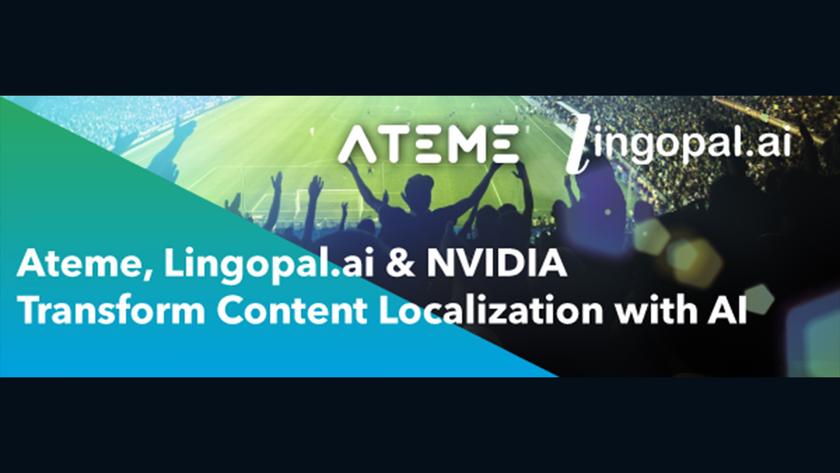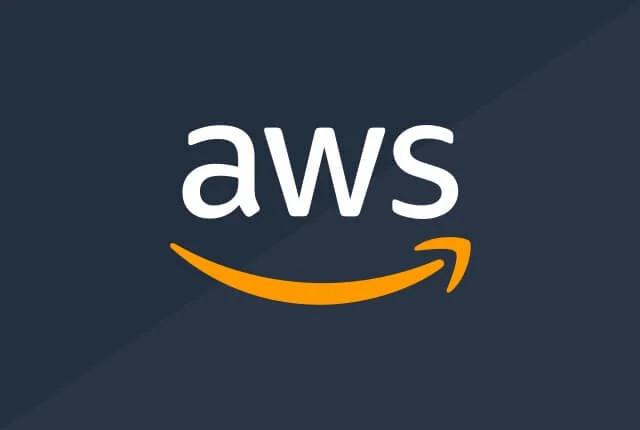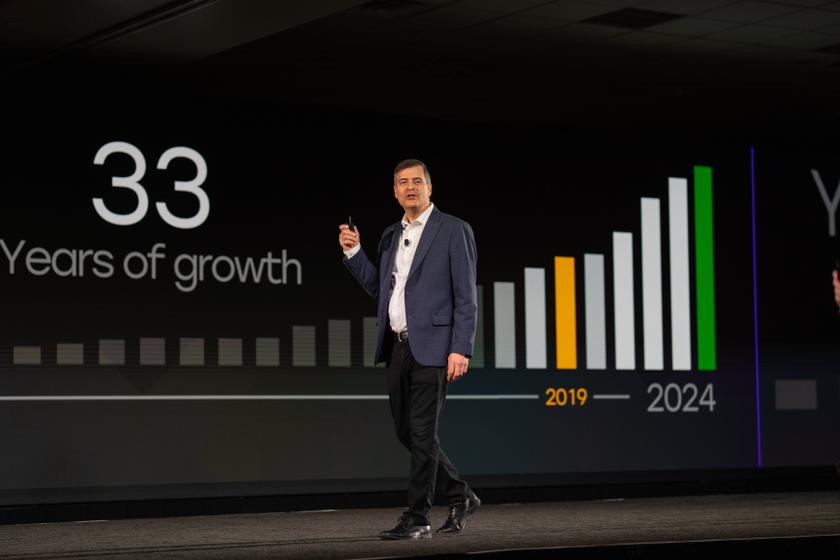SNL App Unleashes Power of Metadata
NEW YORK—As NBC’s iconic “Saturday Night Live” approached its 40th anniversary earlier this year, the idea of creating an app came up. But, says Michael Martin, senior vice president, product, technology & operations at NBC Entertainment Digital, they had to think long and hard about whether to proceed. “Consumers are much more discerning and careful as to whether they want to go through the steps of downloading an app and taking up phone storage,” he says. “The bar is pretty high nowadays.” Discoverability is also an issue; experts estimate there are more than 3 million total apps for Apple and Android.
A successful app, Martin and his group decided, had to fulfill two criteria: It had to perform a utility really well and communicate that utility easily, and the assets had to be unique enough to merit its own app. Forty years of SNL has produced 800 episodes with roughly 6,000 individual comedy sketches. But the library had already been digitally available for some time, and Martin was troubled at how viewers consumed the content. “Fundamentally people were snacking on that content,” he said. “The consumption would be to watch one or less than one clip of the newest, latest, most topical video.”

Michael Martin, senior vice president, product, technology & operations at NBC Entertainment Digital
A MYRIAD OF DESCRIPTIONS
How to make every season and every sketch more discoverable and valuable was the challenge. One advantage the digital group had was NBC’s 40 years of audience research. The first important piece of information gleaned was just how much more varied the sketches were, by season, cast members, guest stars, topics, categories and many other factors. “We realized that there were scores, if not hundreds of facets that could describe an individual sketch,” he says. “We needed something different than the typical recommendation engines, based on commonality in consumption patterns. Those patterns didn’t hold for this content.”
They hired what they called a “metadata army” of people who took four months to go through all 6,000 sketches, recataloguing them for the hundreds of defined facets. “The semantic model is very flexible,” said Martin. “It isn’t just the facets that are important but their relationship to one another.” The sketches were ultimately connected by 33,000 relationships. “It became an incredibly dense model, so we can take some of what we learned from audience research and put a prediction engine on top of it,” he adds.
Eddie Lee, vice president of technology for NBC Entertainment Digital, was responsible for building the prediction engine from scratch. “We tried to apply and re-use some of the traditional, off-the-shelf recommendation engines, but they couldn’t deal with our model,” Lee says.
The app and website—powered by the MarkLogic Enterprise NoSQL database platform— integrate, manage and search the database. “Building the prediction engine took two to three months, constructing and iterating it,” he said. “It included connection between the CMS [content management system] and the database, built on top of MarkLogic using our resources and our set of rules.” The system also has enterprise traits for security, data integrity, and scalability.
Get the TV Tech Newsletter
The professional video industry's #1 source for news, trends and product and tech information. Sign up below.
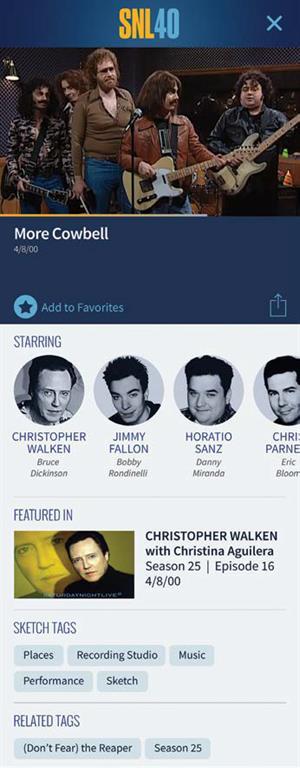
More than 100 million clips have been streamed since the SNL Official App was released in February.
SWIPING FOR APPROVAL
Also critical was an interface mechanism that let users interact with the content, and, the team hoped, turn a snack into a meal. The User Experience team came up with a gesture-based function that provided real- time feedback to the engine. “We didn’t want to give the user a choice of thumbs up or thumbs down,” Martin said. “The user wouldn’t just perceive that as work but it’s too simplistic to get the outcome we were looking for.”
Instead, if the viewer swipes left, he or she gets a new video. “If you’ve watched 75 percent of that first video, we assume that you liked most of it and will harvest facets that we’ll serve in the second and third video,” says Martin. “If you swipe it very quickly, we assume that you didn’t like that one whatsoever and revise the model accordingly. And if you swipe five or six videos very quickly, we’ll put you on another path, in a totally non-technical way.”
Swiping up and down to add to favorites is another way that the app signals viewer preferences about the sketches. “We built that interface into a product in a way that we don’t have to spend any time up front to explain it to the consumer,” said Martin. “But it also results in a high-quality data stream.” He also notes that the data is completely anonymous. The UE design was recently nominated for an Interactive Emmy for outstanding user interface.
The response to the app has been stronger than Martin and his team could have anticipated. “We had over 100 million clips streamed to the app,” he said. “Most critical, we definitely unlocked binging. On average, people who were consuming less than one sketch in the past are now watching several to a dozen sketches.”
Since its February release, the team has continually updated the app and is now at version 1.3.1. “We’ve extended capabilities and added new features and polished some things to make predictions better,” Martin said. And the team has also prepared some entirely new features for the opening of SNL’s 41st season, Oct. 3. “We are adding new social features so people can share their personalized experiences with family and friends,” Martin added. “We’re also looking for the opportunity to get the cast and show more involved in curating and highlighting content. And our emoji library will expand to include new cast members.”
The app is free and available on iOS and Android (www.nbc.com/saturday-nightlive/app).
